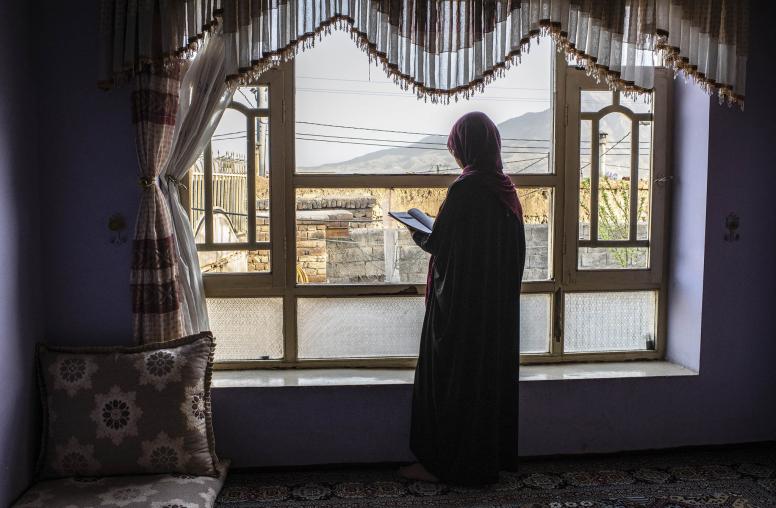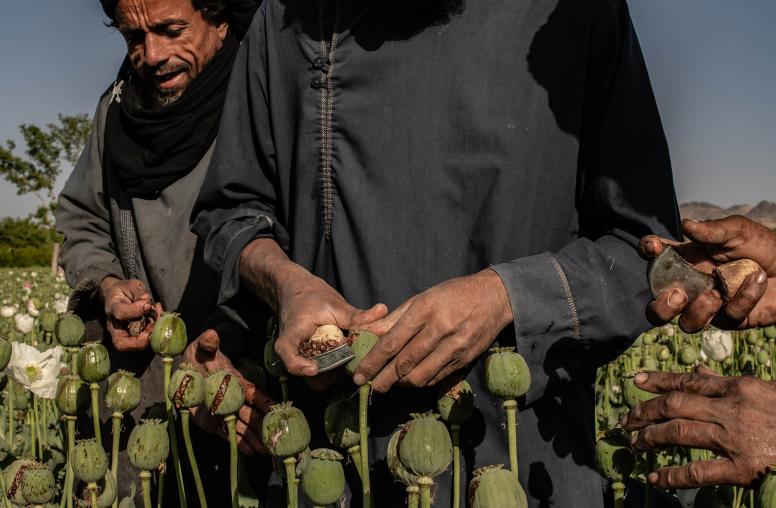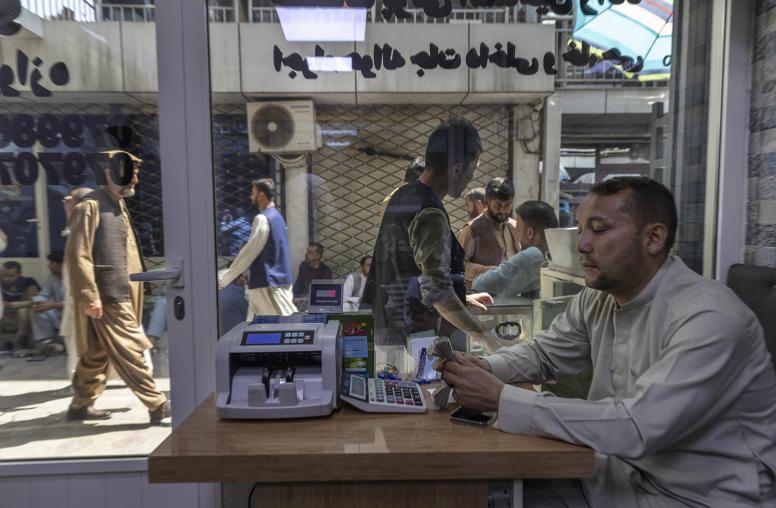The Fatemiyoun Army: Reintegration into Afghan Society
Since 2013, as many as 50,000 Afghans have fought in Syria as part of the Fatemiyoun, a pro-Assad force organized by the Iranian Revolutionary Guards Corps. Based on field interviews with former fighters and their families, this Special Report examines the motivations of members of the Afghan Shia Hazara communities who joined the Fatemiyoun as well as the economic and political challenges of reintegrating them into Afghan society.
Summary
- The Fatemiyoun, an Iranian-backed military force that has fought in Syria since 2013, is estimated to number in the tens of thousands and draws its membership primarily from Shia Afghan communities in Iran and Afghanistan.
- Recruits are mostly in their twenties and thirties who are motivated mainly by economic deprivation and vulnerabilities due to their migrant status and, to a lesser degree, by religious sentiments and a sense of youthful military adventurism.
- Nearly all Shia political and religious leaders oppose sending Afghan Shias to fight in Syria, though some leaders support the fight against the Islamic State. There is also strong opposition among the families of Fatemiyoun fighters, many of whom seek to dissuade their sons from going to Syria.
- Religious and political elites expressed concern about the lack of economic opportunities in Afghanistan’s Hazara areas, increasing marginalization of Shias and Hazaras, and the lack of government attention to the security of Hazara and Shia areas. They cite these factors as possible contributors to future mobilization of armed Shia and Hazara local defense groups.
- Thousands of former Fatemiyoun fighters are returning to Afghanistan, where they are struggling to reintegrate and feed their families, and are living in fear of a possible crackdown against them by Afghan security forces.
About the Report
Based on field interviews in Kabul, Mazar-e-Sharif, and Herat, this report examines the origins and motivations of members of the Afghan Shia Hazara communities who joined the Iranian-backed Fatemiyoun, a military force that has fought in the Syrian conflict since 2013, and their reintegration into Afghan society. The project was supported by USIP’s Asia Center
About the Author
Ahmad Shuja Jamal is a Fulbright scholar at Georgetown University’s McCourt School of Public Policy, where he researches and writes about international security and human rights. He would like to thank Nawroz Raja, Morteza Pajhwok, and Ali for their invaluable contributions, as well as all those who shared their stories.



